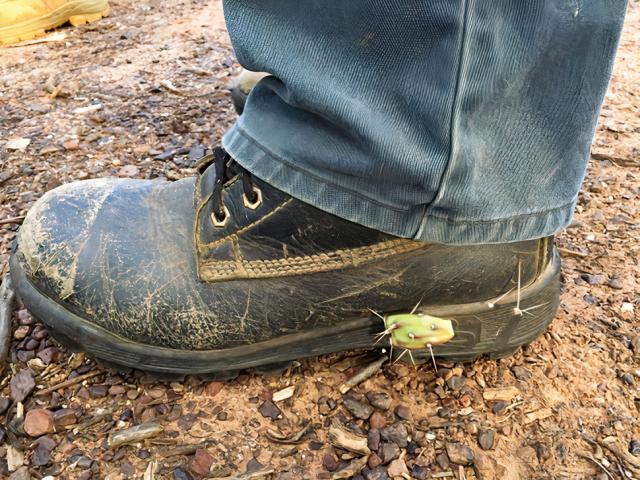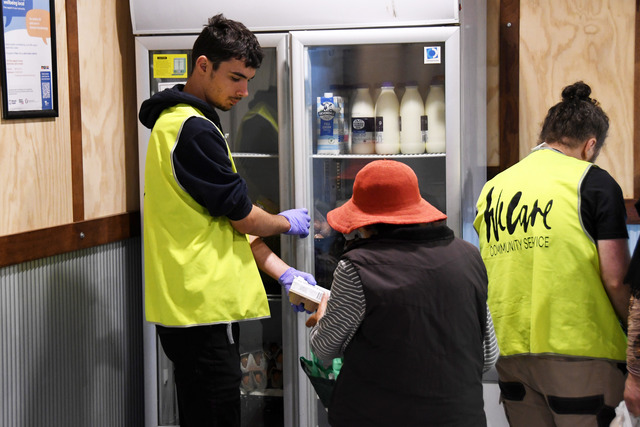Following recent detections of foot-and-mouth disease and lumpy skin disease overseas, biosecurity has hit the headlines, with national and state biosecurity measures front and centre.
Whether it be a dairy farm, a hobby cattle herd, a pet alpaca, or even just an irrigation paddock, biosecurity management and farm biosecurity planning can help protect your property from biosecurity threats.
Biosecurity risks increase when livestock, people, vehicles, equipment and supplies are brought onto a property, moved around the property, or leave the property.
A biosecurity management plan is a document that outlines the processes you have in place to reduce the risk of disease, pests, or weeds impacting your property.
While developing your plan, the following practices can be quickly enacted now on your property:
* Request National Vendor Declarations (NVD) and animal health statements. Ask questions about animal health, vaccinations, disease and treatment history.
* Ensure your Property Identification Code (PIC) details are up-to-date, and livestock movements are uploaded on the National Livestock Identification Scheme (NLIS) database. PICs are free to get or update your PIC on the Agriculture Victoria website: agriculture.vic.gov.au/PIC.
* Isolate livestock moving on to your property from others, using a yard or holding paddock. This allows time to empty the gut and enables you to monitor for signs of disease or sickness.
* Supply footwear or personal protective equipment (PPE) for farm workers and ensure footwear is left on farm reducing risk of contamination.
* Have spare boots and overalls for visitors and contractors and keep a record of people entering the property including their contact details, areas visited and previous contact of farm animals.
* Provide an area for washing with a wash tub, scrubbing brush and disinfectant to clean boots or equipment. Any household or general detergent is also fine.
* Manage feral, pest animals and weeds by storing feed securely, cleaning spilled feed and keeping areas around buildings and production areas clear of long grass and clutter.
* Prevent nose to nose contact between your livestock and other animals. This can be achieved by not grazing boundary paddocks while neighboring livestock are grazing the adjacent paddock, or by planting shelterbelts along boundaries.
* Allow only essential people into areas with young stock. Have a separate set of farm clothing/boots to wear around young stock and clean them regularly.
* Match frequency of inspections to periods of higher risk, such as calving or lambing, increased insect and feral animal activity, and after rain events or natural disasters.
Agriculture Victoria is hosting a number of biosecurity planning workshops and webinars over the next few months. Visit agriculture.vic.gov.au/events for details.







